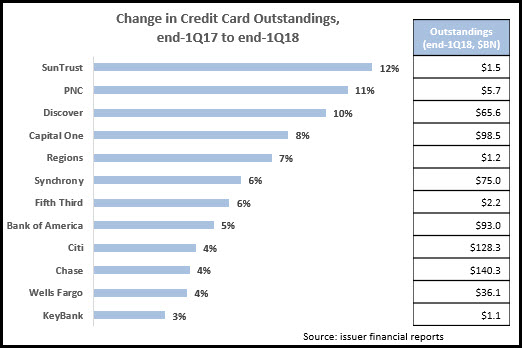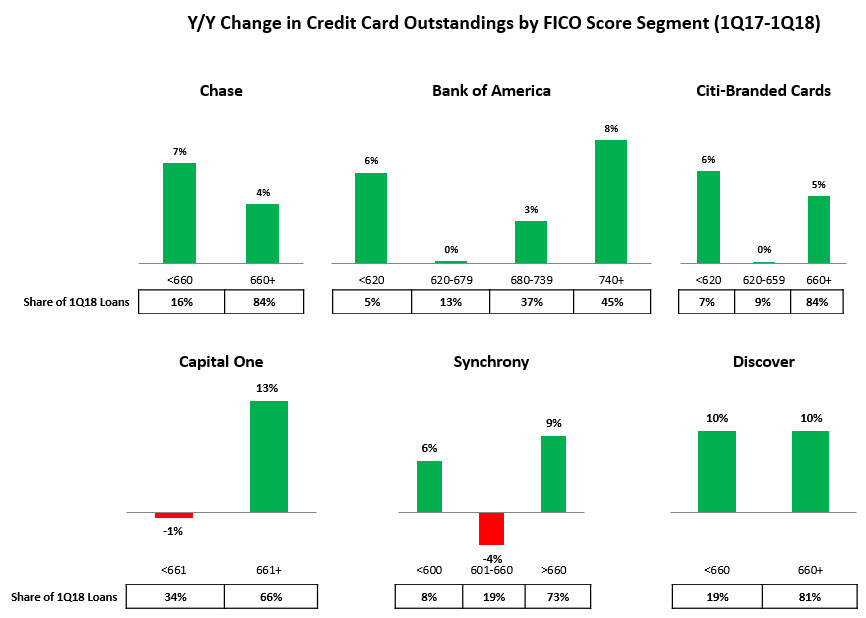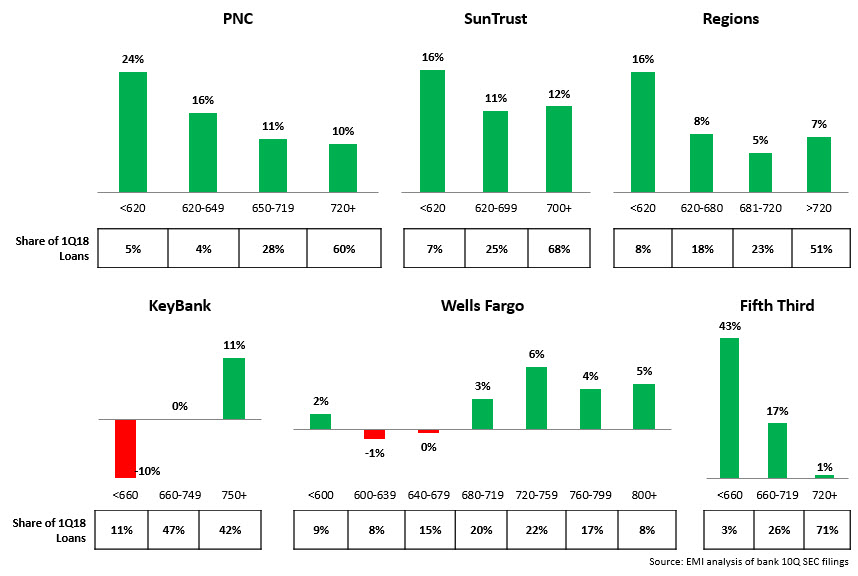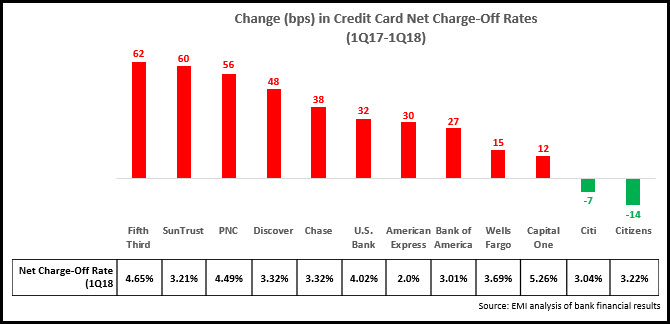According to the FDIC’s Quarterly Banking Profile, U.S. commercial and industrial loans rose 4.8% y/y to $2,077 billion at the end of June 2018. This marks the third consecutive quarter of accelerating y/y growth since reaching a six-year low of 2% at the end of 3Q17. Evidence from leading banks’ quarterly financials and investor presentations is that this commercial loan growth is often driven by a focus on particular vertical industry sectors. For example, PNC reported commercial loan growth of 4.5% in the year to the end of 2Q18, driven by financial services (+9%) and retail/wholesale trade (+7%)
Vertical industry targeting provides a range of benefits for these banks:
- Drives stronger growth in loans to that sector—in particular if that sector has been underserved—which can help push up overall commercial loan growth rates.
- Provides a point of differentiation from competitors.
- Enables a bank to leverage synergies between traditional or current bank strengths (such as expertise in certain product or service categories, or proximity to industry clusters) and the financial needs of targeted companies.
- Creates an opportunity for a bank to expand beyond its traditional retail branch footprint into new geographic markets. Fifth Third recently launched a Financial Institutions Group in New York City.
We recently scanned the commercial banking sections of leading banks’ websites to identify targeted industry sectors, which we have summarized in the following table. Not surprisingly, most of the banks are targeting large sectors (e.g., healthcare, energy and government). However, a number of banks also appear to be targeting more niche sectors, such as aging services (SunTrust), the wine industry (Union Bank) and vacation ownership (Capital One).
We recognize that simply listing industries on their websites does not mean that these banks are fully engaged in targeting these sectors. But if your bank is looking to significant grow clients and assets in particular vertical industry sectors, the following are some key considerations:
- First step: size the market opportunity (e.g., how many companies from that industry meet your revenue/other target-size criteria and are located within your traditional retail footprint and nationally). It also important to identify industry clusters.
- Use primary and secondary research to identify company characteristics, financial needs and the decision-making process. A key source of primary research should be your front-line salespeople who may already be selling to these companies in your targeted sectors. You should then be able to asses the bank’s current ability—in terms of product suites, number and quality of dedicated personnel, as well as marketing and sales support assets—to effectively serve these segments.
- Conduct competitive intelligence to study other financial providers targeting the same segments. Identify you key strengths and limitations relative to these competitors.
- Create and deploy dedicated industry teams. If possible, locate your teams in markets where targeted companies are concentrated. Staff the teams with industry experts and support them with training, industry collateral and other sales support tools.
- Build awareness and engagement through targeted marketing investment, with a focus on particular in industry-specific marketing media and events.
- Further engagement with prospects through industry-specific thought leadership, using a mix of formats and media, such as articles (published in your own content portals or in vertical industry media), blog posts, social media channels, surveys, reports, and client success stories.




